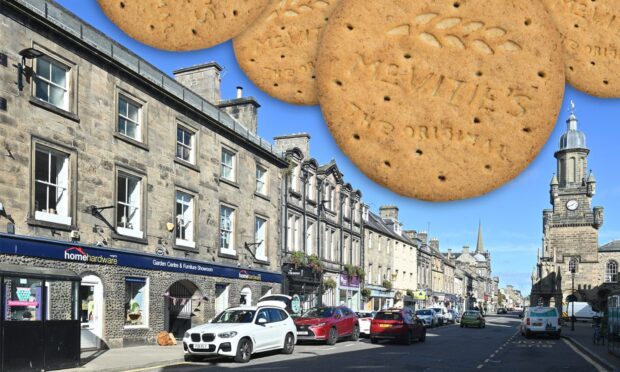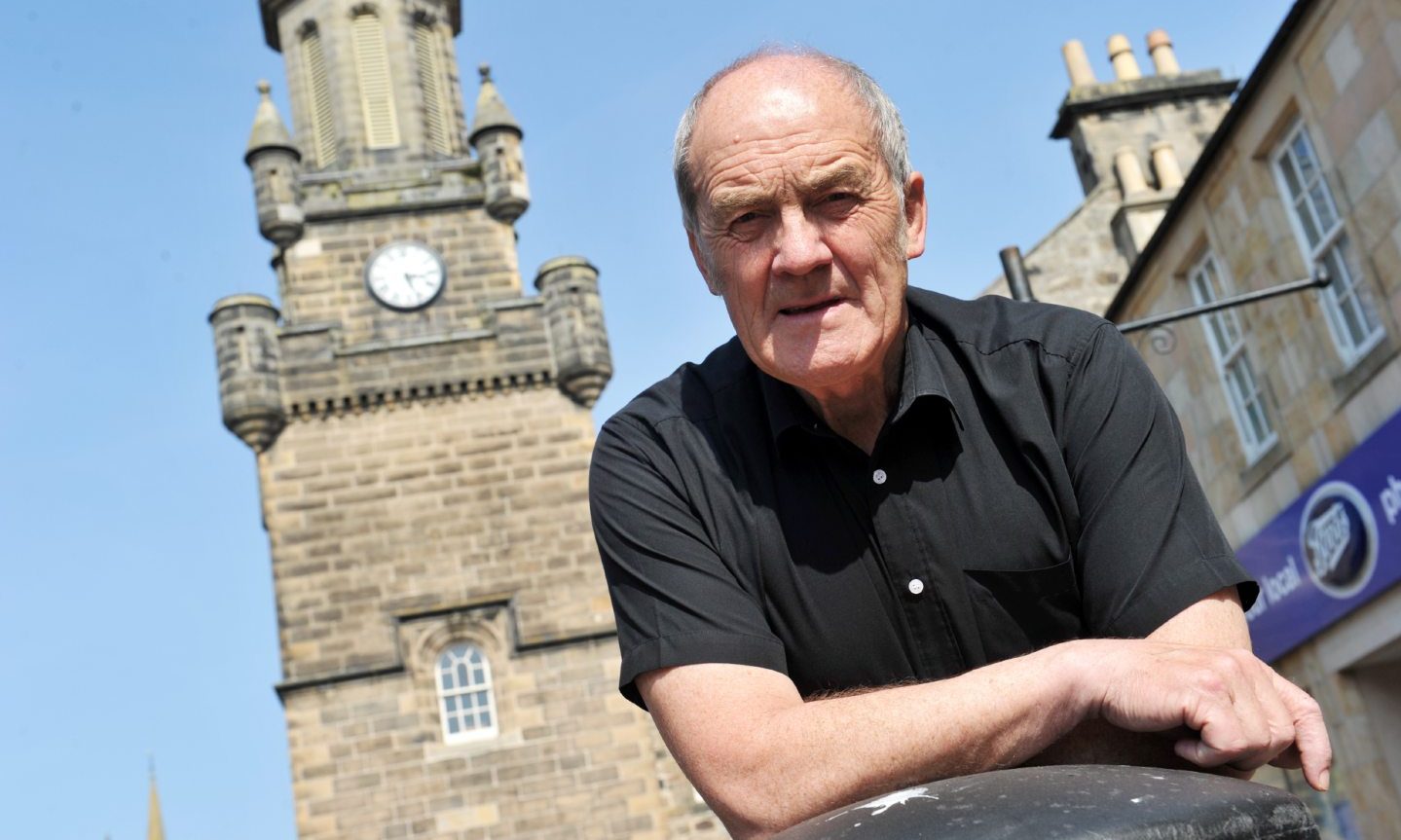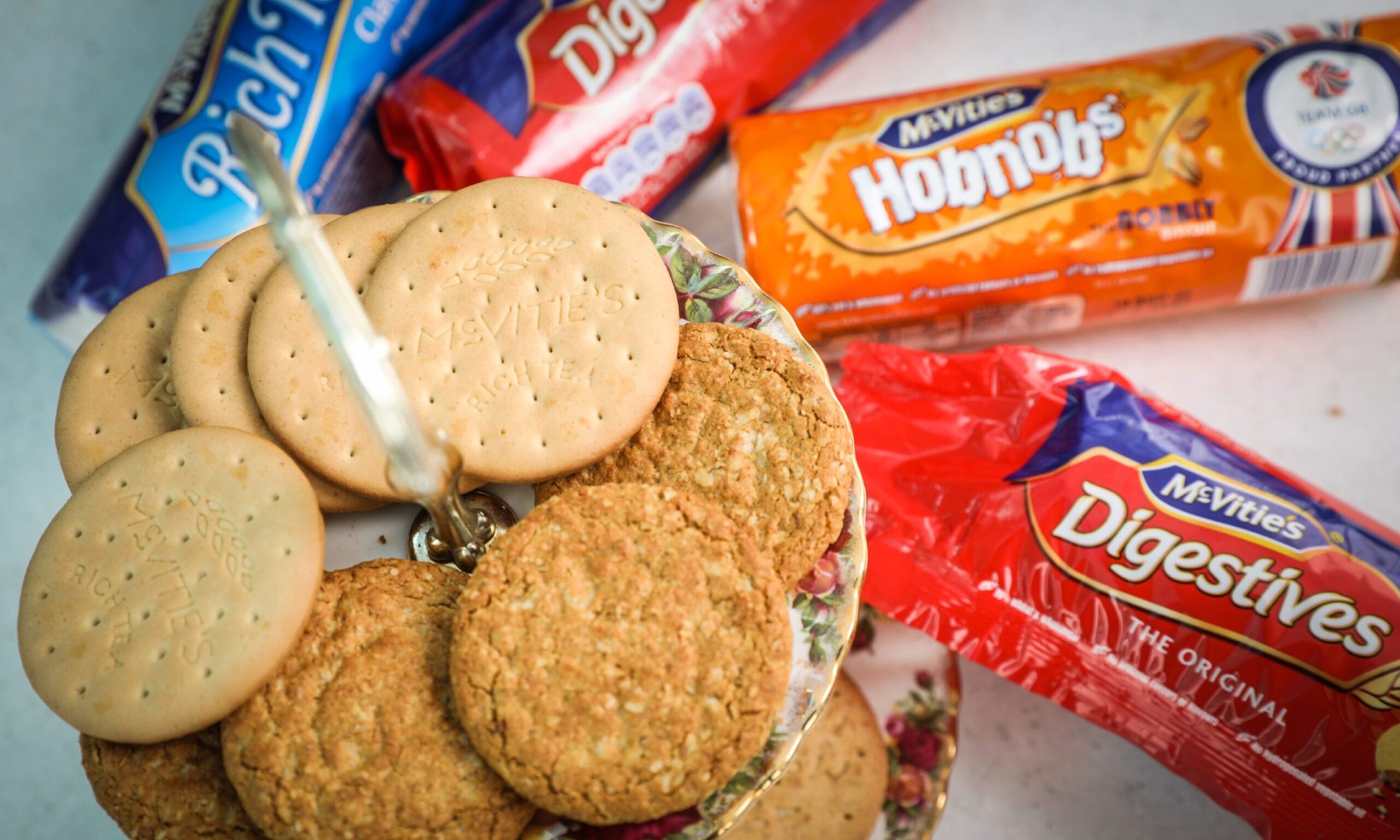Digestive biscuits and tea could form port of an ambition vision to attract more visitors to Forres.
Plans are being drawn up for a £3.3 million project to establish a “heritage quarter” in the town with a reopened Falconer Museum at its heart.
More than 200 suggestions have been put forward to generate money, attract visitors and engage youngsters.
And among the ideas are capitalising on Forres’ unique position as the birthplace of Sir Alexander Grant, who invented the McVitie’s digestive biscuit.
What could be done in Forres to make it the home of the digestive biscuit? Let us know in the comments section below.
How Forres could celebrate digestive biscuits
Campaigners are currently looking for ideas to enhance the historic heart the Moray town as part of the new Forres Conservation and Heritage Scheme.
The partnership organisation, comprising the council and several community groups, is currently appealing for ideas from locals.
Among the hundreds of proposals currently under consideration are capitalising on Forres being the birthplace of the digestive biscuit creator.
Events featuring one of the UK’s most popular snacks are due to feature at an event celebrating 100 years of Grant Park later this year.
No firm proposals for a permanent fixture or event have been put forward. However, it is understood several ideas including baking or a heritage trail have been suggested.
George Alexander, chairman of Forres Conservation and Heritage Scheme, explained Forres’ connection with lunchtime snacks runs deeper than just biscuits.
He said: “Hugh Falconer (founder of the Falconer Museum in Forres) was responsible for recommending that tea plants were introduced in India.
“India was part of the British Empire at the time so importing it from there was far cheaper than it was from China, which made it a lot more affordable.
“So the country really has to be thankful to Forres for tea, as well as biscuits.”
Who was Sir Alexander Grant?
Sir Alexander Grant was born in Forres in 1864 and initially worked on the railway before changing career to work for a local baker.
He later got a job at McVitie’s in Edinburgh and soon created the company’s iconic recipe for the digestive biscuit, which remains a secret to this day.
His career with McVitie’s led to him becoming managing director of the famous brand.
In his Forres hometown he was a generous philanthropist. Among his donations included the land that is now Grant Park, which was named in his honour.
He is also credited with helping to establish the National War Memorial at Edinburgh Castle and the National Library of Scotland with donations.



Conversation